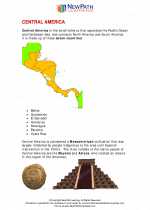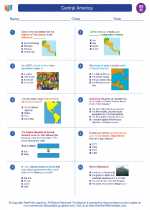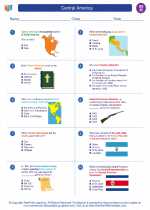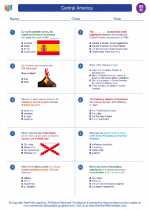Kuna People
The Kuna people, also known as Guna, are an indigenous group primarily residing in the semi-autonomous Kuna Yala region of Panama and in small communities in Colombia. The Kuna are known for their vibrant culture, traditional dress, and unique way of life.
History and Origins
The Kuna people have a rich history dating back centuries. They have inhabited the coastal regions of Panama and Colombia for generations, with their roots tracing back to the pre-Columbian era. The Kuna have a strong sense of cultural identity and have fiercely protected their traditions and territory.
Language and Culture
The Kuna people have their own language, known as Dulegaya, which is part of the Chibchan language family. Their traditional culture revolves around music, dance, and art. The Kuna are famous for their intricate molas, which are colorful textiles made using a reverse appliqué technique. These textiles often depict scenes from Kuna folklore and daily life.
Social and Political Structure
The Kuna society is organized into matrilineal clans, with women holding significant roles in decision-making and leadership. The Kuna have a system of government led by a traditional leader known as the "saila," who is elected based on wisdom, leadership, and knowledge of Kuna traditions.
Study Guide
Here are some key points to remember when studying the Kuna people:
- Where do the Kuna people primarily reside?
- What is the traditional language of the Kuna?
- What are molas, and why are they significant to Kuna culture?
- Describe the social and political structure of the Kuna society.
Studying the Kuna people provides valuable insights into indigenous cultures, the importance of preserving traditions, and the impact of modernization on traditional ways of life.
.◂Social Studies Worksheets and Study Guides Eighth Grade. Central America

 Worksheet/Answer key
Worksheet/Answer key
 Worksheet/Answer key
Worksheet/Answer key
 Worksheet/Answer key
Worksheet/Answer key
